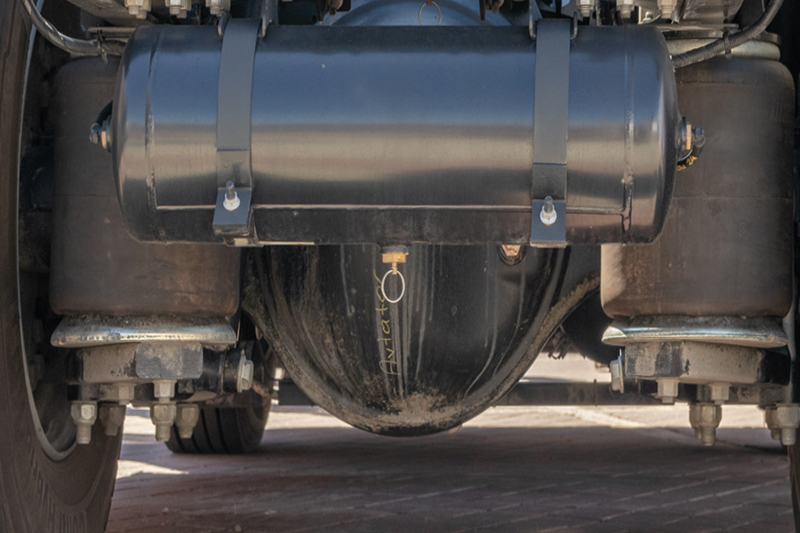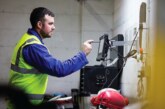
CVW combs through the Health and Safety Executive (HSE) guidance on safely working with air suspension systems.
HSE has investigated several serious incidents involving air suspension systems on vehicles, some resulting in fatalities and serious injury to the technicians working on the vehicle. It reports that the accidents typically occur after catastrophic failure of the air bag or unexpected suspension movement during work on the suspension control system or vehicle sensors. Consequently, in June, it updated its safety advice for working on air-suspended vehicles and trailers.
The main hazards
- Clearance can suddenly and unexpectedly change due to a drop in air pressure, automatic movements, or air bellows rupturing or deflating. This presents a crushing hazard to those working in a position where they may become trapped – for example, underneath the vehicle or between the wheel and chassis
- Work on pressurised systems can potentially result in violent ejection of parts under pressure and failure of components which may become projectiles
Basic precautions
Only carry out minimal repair work at the roadside or third-party premises. The best place to undertake such work is at an adequately equipped vehicle repair facility. In general:
- Confirm the configuration of the particular suspension system
- Assess the risks associated with each task
- Explain each task so it is fully understood by the technician
- Provide the necessary equipment to undertake the job safely and developing safe systems of work. These should take into account the specific tasks and control measures required
- Support your staff if they are being put under pressure by third parties to work in an unsafe manner
Roadside repairs
HSE says much of the advice published in its guidance ‘Safe Recovery (and Repair) of Buses and Coach fitted with Air Suspension’ is applicable to HGV recovery as there are minimal material differences between systems:
- Never crawl beneath a vehicle fitted with air suspension unless it is properly supported
- Never tamper with the ride height for the purposes of recovery or repair
- Plan the task and allow time to work safely. Recovery operatives should not be pressurised to take short cuts or feel that the police, other officials, or their employer are rushing them
- Plan and rehearse working procedures; check equipment is in a safe condition. Assess risks, confirm all technicians have specific knowledge of the casualty vehicle, and carry the necessary equipment to undertake the job safely
- Ensure technicians know which procedures to follow if their training and instructions do not cover the situation encountered
- Provide documentation for safe implementation
Safe working practices
- Prevent movement of the air suspension. This can be done either by deflating the system or by using suitably rated props or stands to prevent the chassis lowering. Under no circumstances should air suspension be relied upon to maintain a vehicle’s ride height or position whilst people gain access to areas where they may become trapped
- If you are working near a lifting axle it should be isolated as it can move without notice
- Carry out a visual check of the configuration and condition of the air suspension system
- Exhaust the air from the air suspension system before working on it
- Isolate the air suspension system by physical disconnection of the air supply before working on it. Do NOT use clamping of air suspension pipework as a means of temporary isolation – it is not a secure method. In addition, determine whether dissipation of stored air in the suspension system is required
- For leak testing, visually inspect the empty system, then inflate and raise to full travel, leave a short period of time before inspecting for leaks. Should damage be identified, exhaust the air from the system before carrying out








